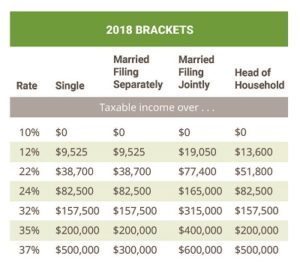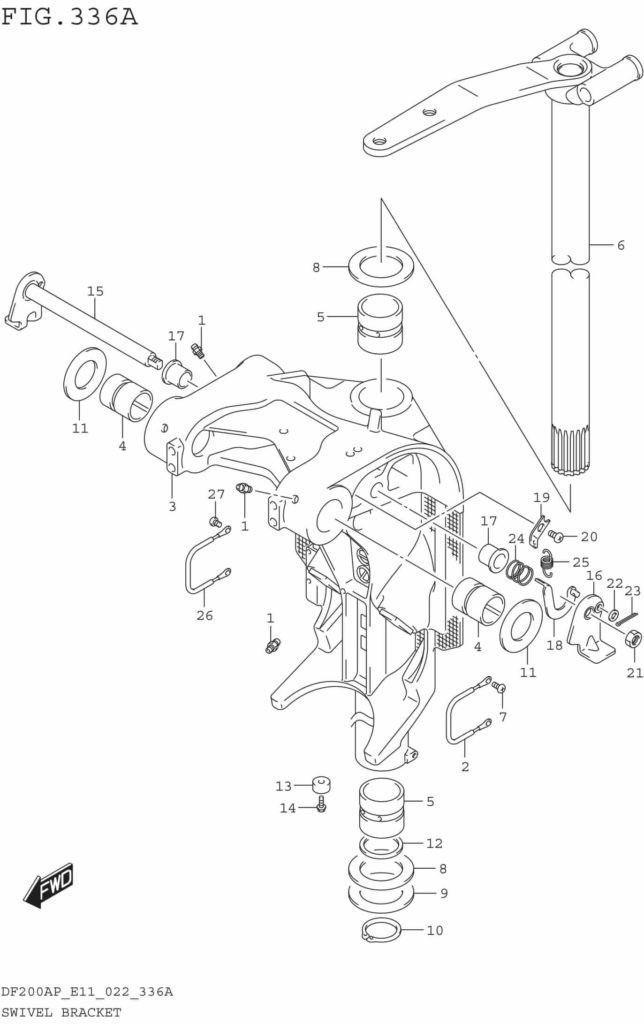

In fact, they would only pay that much on the upper-most portion of it. However, a common misunderstanding is that someone whose total taxable income puts them into, say, the 24% tax bracket, means that they pay 24% on all of their money. "What's my tax bracket?" is a typical question people might ask to get a sense of how much of their income they're paying in taxes.

An effective tax rate is the actual percentage you pay on the entirety of your taxable income.

Your marginal tax rate is the rate corresponding with the highest bracket your income falls into. The US uses a system of brackets, where different chunks of a person's earnings are taxed at rates that get gradually higher as the total amount of income increases. A marginal tax rate is the rate that applies to your last dollar of taxable income.While both figures help you to better understand what you're paying in taxes, they're calculated in entirely different ways. Your marginal tax rate and effective tax rate are different representations of the rate of federal income tax you pay on your earnings. When it comes to understanding your tax situation, it's important to know the difference between the two. Discussions around tax time often include references to marginal tax rates and effective tax rates, and these terms can sometimes cause confusion. Even one of the most fundamental parts of it - the actual tax rate of tax you're paying - can be hard to understand. By clicking ‘Sign up’, you agree to receive marketing emails from InsiderĪs well as other partner offers and accept our


 0 kommentar(er)
0 kommentar(er)
